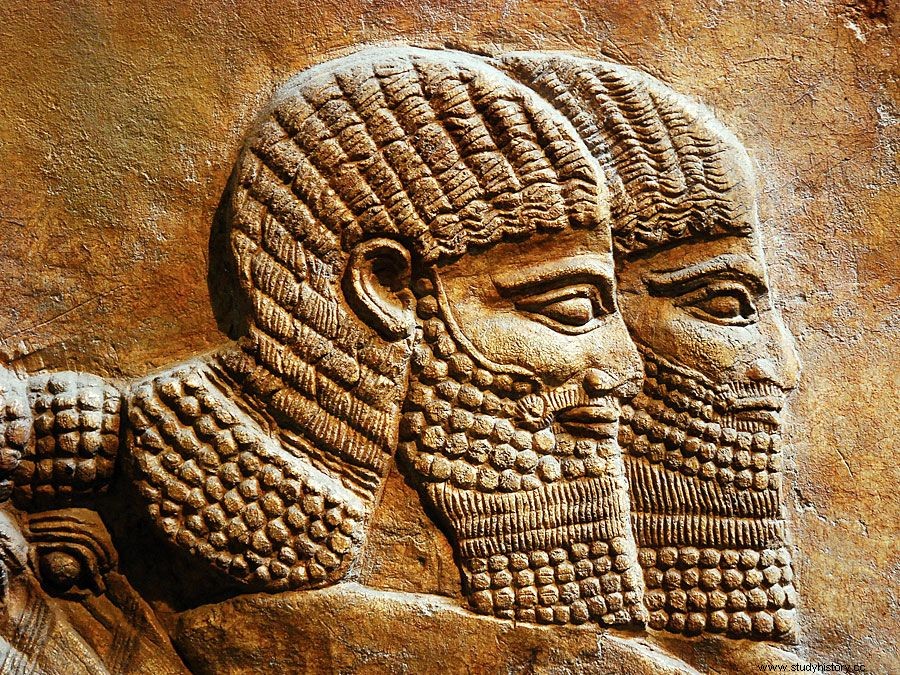Asia , ancient roman Province , the first and westernmost Roman province in Asia Minor , extending at its greatest extent from the Aegean coast in the west to a point beyond Philomelium (modern Akşehır) to the east and from Sea of Marmara in the north to the strait stretches between Rhodes and the mainland in the south. The province was first formed if Attalus III, king of Pergamon , bequeath his dominions to the Romans in 133 BC . At that time the province comprised many different Municipalities in various stages of development.
 Britannica Quiz The Middle East:Fact or Fiction? Is the literacy rate very high in Afghanistan? Does Yemen take its name from the Arabic word "northern"? Sort the facts in this quiz about Syria, Iraq and other Middle Eastern countries.
Britannica Quiz The Middle East:Fact or Fiction? Is the literacy rate very high in Afghanistan? Does Yemen take its name from the Arabic word "northern"? Sort the facts in this quiz about Syria, Iraq and other Middle Eastern countries. The province was rich in natural resources and its dyes and woolen textiles were famous. Under the Roman Republic However, their prosperity was ruined by commercial exploitation, taxation and war, so its progress toward Hellenization and urbanization, the begun under the Seleucid and Pergamum kings has been impeded. Most of the communities welcomed Mithradates VI. Of Pontus as liberator from Roman oppression.
Convalescence recovered quickly under the Roman Empire. Asia was a peaceful province ruled by a Consul of consular rank was governed . (Under the Republic, the governor had usually been a former praetor.) It was divided into distinct districts, which the governor or his three assistants ( Legati ) visited to spreading justice . The Provincial Assembly, called Koinon Asia, to which the cities sent representatives, was active as early as the late Republic. Meeting annually in various cities, it selected the officials known as Asiarchs, passed resolutions, appealed, sent deputations on provincial affairs, and organized the worship of the Emperor.
The great cities of Asia were leading educational and cultural centers in Eastern Roman Empire . Important Christian communities and dioceses grew up in the province, as did important heresies such as the Montanism . During the 3rd and 4th centuries n . Chr . Lost the province lost much of its economic importance as the development of the Balkan provinces, military needs and the founding of Constantinople diverted the empire's main lines of communication away from the Aegean to the northwest. However, the province's reserves of produce and manpower and its relative immunity to devastation made it an important factor in the survival of the Eastern Roman Empire. Below Diocletian (ruled Display 284–305) it was divided into seven smaller provinces.
